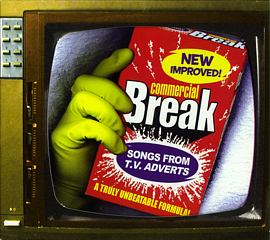I am merely a beginner on document and blog writing. I understand that on this new media ecosystem (Naughton, 2006), blog is a crucial instrument, as it functions as a public sphere and sharing medium (Gimler, 2001). However, throughout the course, I have learnt various concepts to be applied on professional blogger and features writing. While creativity is highly appreciated on the industry (Sheehan & Morisson, 2009), I have to adjust my materials to reader’s behaviour, knowledge and vocabulary and also their values. In order to do that, the first thing to do is obviously determine my targeted audiences and their age range. As claimed by Penman (1998), an adult reading habit is different with youngsters or senior citizens. Hence, aside from attractive design to capture reader’s interest, their characteristics and daily manner are also crucial on document and blog writing (Schriver, 1997; Kress & Van Luween, 2006; Reep, 2006).
References
Gimmler, Antje 2001, ‘Deliberative democracy, the public sphere and the internet’, Philosophy & Social Criticism, vol. 27, no. 4, pp. 21-39.
Kress, G & Van Leeuwen, T 2006, Reading images: the grammar of visual design, 2nd edn, Routledge, New York, USA.
Naughton, J 2006, ‘Blogging and the emerging media ecosystem’, Reuteurs, viewed on 7 April 2012, http://reuteursinstitute.politics.ox.ac.uk/about/discussion/blogging.html.
Schriver, KA 1997, Dynamics in document design, John Wiley & Sons, New York, USA
Sheehan, K. B. & Morrison, D. K. 2009, ‘The Creativity Challenge: Media Confluence and Its Effects on the Evolving Advertising Industry’, Journal of Interactive Advertising, vol. 9, no. 2.
Penman, R 1998, 'Document structures and readers' habits, Communication news, vol. 11, no. 2, pp. 1 and 10-11.
<!--[if !supportLineBreakNewLine]-->
<!--[endif]-->


























